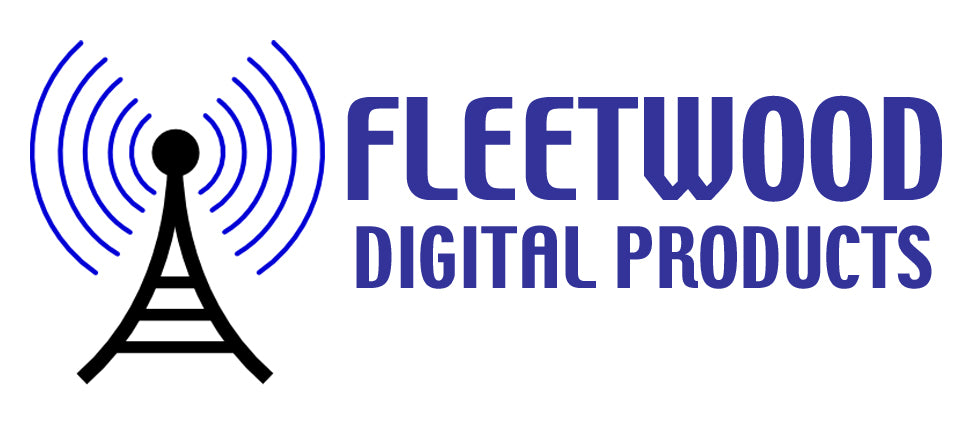Search
CB Radio SSB Numbers, Callsigns, Licensing and Regulations
Welcome to the world of CB radio! If you're new, you probably have one big question. Let's get it answered right away.
The Simple Answer: Yes, It's License-Free!
In Canada, CB radios (also known as "General Radio Service" or GRS) are 100% license-free and fee-free. You can buy a CB radio, install it in your car, truck, or home, and start using it immediately. There is no paperwork, application, or test required. (This is different from GMRS in the USA, which does require a license).
Your Guide to Modern CB Radio
While the 40 channels haven't changed, the technology has. Modern CBs are more powerful and clearer than ever. Here’s what you need to know about the different "modes" you'll see on our radios.
-
🔊
AM (Amplitude Modulation) This is the "classic" CB mode that everyone knows. It's the standard for all 40 channels and is what most truckers and operators use for general chat. Every CB radio we sell has AM.
-
🆕
FM (Frequency Modulation) This is the exciting new standard in CB. ISED (the Canadian government) recently approved FM mode for CBs in Canada. FM provides crystal-clear, static-free audio. It makes conversations much easier to hear, eliminating the background hiss and pop of AM. Many of our new President radios, like the Bill III and Walker III, now include both AM and FM.
-
📈
SSB (Single Sideband - LSB/USB) This is the high-performance mode for serious operators. SSB radios (like the President McKinley) offer 3x the power (12W vs 4W) for significantly more range. This is what operators use to talk long distances (DX) across the country. A "call sign" or "SSB number" is just a handle you choose for yourself to identify who you are—it's not an official license.
Simple Rules for the Airwaves
Being license-free is a privilege. Here are the simple rules of thumb:
- Channel 9 is for Emergencies: Do not use Channel 9 for regular chat. Keep it clear for emergency calls or to offer assistance.
- Channel 19 is the "Trucker" Channel: This is the main highway channel for road conditions, traffic, and general travel talk.
- Be Polite: Wait for a break in the conversation before you transmit. Don't talk over other people.
- Don't Be a "Key Klown": Transmitting a dead carrier (keying your mic without talking) is illegal and jams the channel for everyone.
Ready to Get on the Air?
Now that you know the basics, you're ready to pick your radio. Whether you want a simple AM rig, a modern AM/FM radio, or a high-power SSB, we have the perfect unit for you. All our radios ship from our Canadian warehouse, so you never pay surprise duty or brokerage fees.
Shop All CB Radios